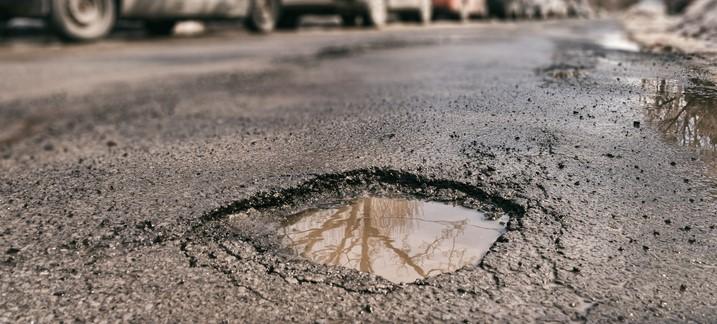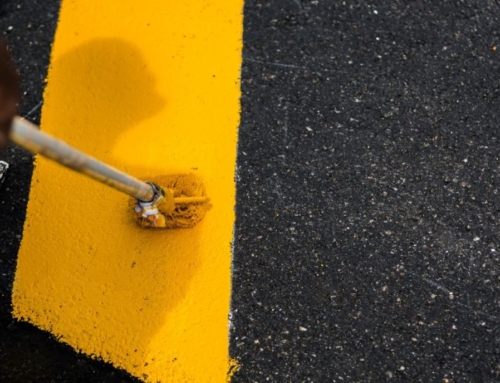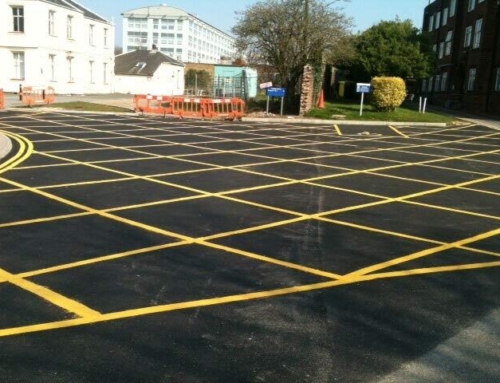Five Pothole Repair Methods
Potholes are the scourge of road users. Difficult to see but very apparent if you run over them, they’re annoying at best and the cause of accidents and costly repairs at worst. In this article, the team at UK Surfacings are going to look at the five most effective ways of repairing potholes and keeping roads in good condition.
Patching
Patching is perhaps the most common method of repairing potholes. It’s favoured primarily for its versatility – while some methods are not suitable for all types of roads, patching can be carried out on rural and urban roads alike. Patching work can also be done all year round, which makes it very convenient for local authorities and those responsible for repairing road surfaces.
Thermal Recycling
Thermal recycling can also be applied all year round, and it’s suitable for most surfaces. As potholes are often of irregular shape, this process involves excavating the pothole until it is rounded, before placing the excavated material into a mobile asphalt plant. The plant then heats the material, extracting the bitumen, and that material is combined with additional material to be used for patching the pothole. The process is versatile and efficient as it makes use of existing material, but it requires a high volume of use if it is to be cost-effective.
Thermal Repairs
Not to be confused with thermal recycling, thermal repairs are most effective on hot-rolled asphalt surfaces at any time of year. The process makes use of a heating cycle, powered by a gas burner, which offers a speedy process that increases the efficiency of road repairs. As the heated material is placed over the pothole and sealed, there are no seams or visible joints, making for a long-lasting solution.
Spray Injection Patching
Spray injection patching is more suitable for patching potholes on rural roads with low traffic. The process involves heating bitumen emulsion and surface aggregates to fill the pothole, adding chippings to the filled space and then compacting the mixture to allow for traffic. There are conflicting reports about the durability of spray injection patching; some have reported long-lasting results, others have experienced a shorter lifespan. An additional potential drawback is the risk of excess chippings once the chipping/compacting process has been carried out.
Cold Applied Instant Material
Cold-applied material is seen as a temporary solution for busy roads. However, there are some more permanent options, but generally this process is used as a stopgap. It’s quick to implement, and it serves as a reliable temporary measure while a permanent solution is found. This technique can be used without needing to excavate the impacted area in some cases, which helps with efficiency. However, depending on weather conditions and the location of the pothole, different materials may be required, which can hinder the process.
These are the five most common techniques used for repairing potholes. Depending on how busy the road is, the type of road and the severity of the damage, some techniques will be perfect, while some will be undesirable.
UK Surfacings are experienced, skilled and trusted providers of pothole repairs for roads across London, Reigate and the surrounding areas. Working in compliance with Ministry of Transport regulations and using only the highest quality equipment and most effective practices, we ensure a safe, reliable and long-term fix for any road aberration. For more information, please contact us today.





